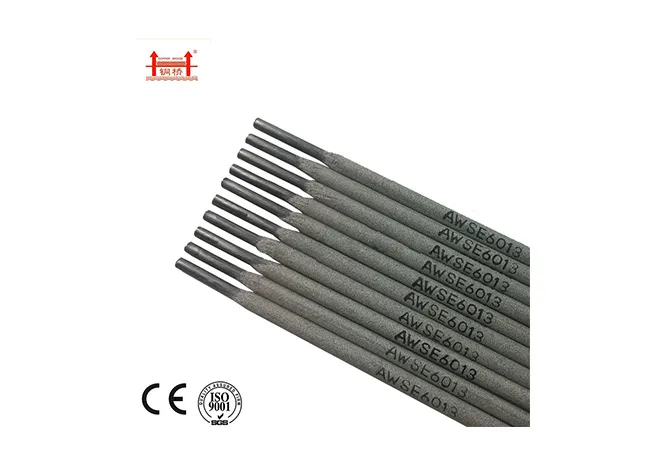7018 welding rod applications
Jan . 31, 2025 00:57
In the world of welding, the 7018 welding rod is revered for its remarkable versatility and efficiency. This particular electrode is indispensable for professionals seeking strength, reliability, and precision. Understanding its diverse applications and the science behind it is crucial for maximizing its potential in various industries.
Moreover, the petrochemical industry finds the 7018 welding rod indispensable. With the industry's critical emphasis on safety and reliability, the rod's consistency in producing high-quality, defect-free welds meets the stringent standards required for pipes and tanks carrying volatile substances. Low sulfur content in the rod’s coating ensures that there are minimal chemical reactions that could lead to compromised weld integrity. The expertise of professionals using the 7018 welding rod is crucial, as improper handling can negate its benefits. Preheating the base material in certain conditions and maintaining a dry storage environment for the rods are essential practices to prevent issues such as porosity or hydrogen-induced cracking. Such precautions underline the necessity of combining the right equipment with expert knowledge. Authoritative endorsements from welding institutes and documented case studies further underscore the trustworthiness of the 7018 welding rod. Institutions like the American Welding Society provide comprehensive guidelines that reinforce its reliability, ensuring that users can confidently apply it across varying scenarios. For anyone involved in serious welding applications, the 7018 welding rod is an eminent choice, supported by its robust properties and diverse usability. Its proven track record in numerous demanding environments cements its status as a go-to electrode in the professional welding community. Through leveraging its full potential, industries can enhance not only the strength and longevity of their projects but also refine the craft of welding to an art form.


Moreover, the petrochemical industry finds the 7018 welding rod indispensable. With the industry's critical emphasis on safety and reliability, the rod's consistency in producing high-quality, defect-free welds meets the stringent standards required for pipes and tanks carrying volatile substances. Low sulfur content in the rod’s coating ensures that there are minimal chemical reactions that could lead to compromised weld integrity. The expertise of professionals using the 7018 welding rod is crucial, as improper handling can negate its benefits. Preheating the base material in certain conditions and maintaining a dry storage environment for the rods are essential practices to prevent issues such as porosity or hydrogen-induced cracking. Such precautions underline the necessity of combining the right equipment with expert knowledge. Authoritative endorsements from welding institutes and documented case studies further underscore the trustworthiness of the 7018 welding rod. Institutions like the American Welding Society provide comprehensive guidelines that reinforce its reliability, ensuring that users can confidently apply it across varying scenarios. For anyone involved in serious welding applications, the 7018 welding rod is an eminent choice, supported by its robust properties and diverse usability. Its proven track record in numerous demanding environments cements its status as a go-to electrode in the professional welding community. Through leveraging its full potential, industries can enhance not only the strength and longevity of their projects but also refine the craft of welding to an art form.
Related Products
Related Video
Related News
Copyright © 2025 Dingzhou Jinlong Metal Production Co., Ltd. All Rights Reserved. Sitemap | Privacy Policy




























